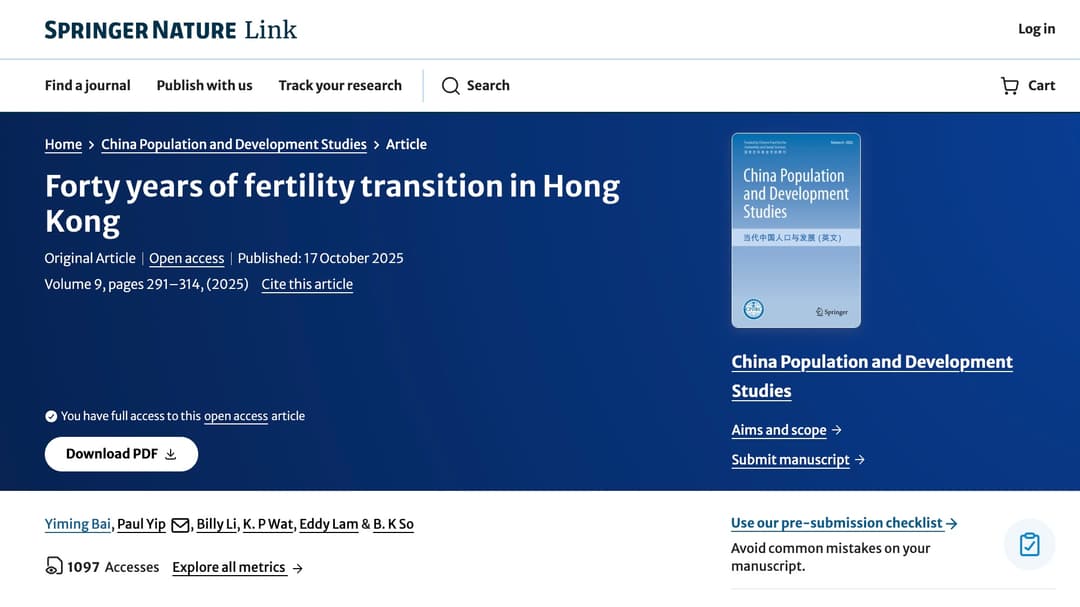Opinion
Echo Chambers in Social Media: Part 3 - Breaking the Cycle
Strategies to escape social media echo chambers, from diversifying media consumption to platform transparency, to foster open dialogue
3 MIN READ
By Timmy
Published:
| Updated:
In Parts 1 and 2, we defined echo chambers, explored their formation, and examined their effects on platforms like YouTube and Facebook. In this final installment, we discuss strategies to mitigate echo chambers, from individual actions to platform-level solutions, and reflect on their broader significance for society.
TL;DR
Breaking echo chambers requires individual efforts like diversifying media consumption and critical thinking, alongside platform changes such as algorithm transparency and media literacy tools. While less prevalent than assumed, echo chambers still drive polarization and misinformation, necessitating a multi-faceted approach to foster open dialogue.
Individual Strategies to Break Out
Breaking free from echo chambers requires deliberate effort. Here are practical steps individuals can take:
Diversify Media Consumption
Seek out sources with differing perspectives by following journalists or commentators from across the ideological spectrum. News aggregators that present multiple viewpoints on the same story can also broaden exposure.
Practice Critical Thinking
Question information before accepting it, verify facts, and consider arguments that challenge your views. Embracing intellectual humility—acknowledging the limits of your knowledge—helps foster openness to diverse perspectives.
Engage with Opposing Viewpoints
Participate in respectful discussions with those who hold different beliefs. Joining online communities focused on civil discourse can provide safe spaces to explore diverse ideas.
Be Aware of Algorithms
Understand how platform algorithms shape your feed. Deliberately engage with content outside your comfort zone or use browser extensions designed to diversify your content exposure.
As the Resilience Lab notes,
Breaking out of echo chambers requires intentional effort and a willingness to engage with diverse perspectives.
Platform-Level Solutions
Social media platforms can also play a role in reducing echo chambers through design changes:
Algorithm Transparency
Platforms should make recommendation algorithms more transparent and allow users greater control over their feeds. Independent audits could identify and address biases in content curation.
Content Diversity Features
Features like “discovery” modes that temporarily suspend personalization or tools that visualize a user’s content diversity could encourage exposure to varied perspectives.
Media Literacy Tools
Integrating tools to identify bias and misinformation, providing context for news stories, and offering resources on reliable sources can empower users to navigate information critically.
The Bigger Picture
Echo chambers are a complex issue with no single solution. Research suggests they are less prevalent than commonly assumed—only 2-5% of UK users and 10% of US users inhabit highly partisan echo chambers—but their concentrated effects on certain groups can still drive polarization and misinformation. Addressing this requires a multi-faceted approach, combining individual responsibility with platform accountability and societal efforts to promote media literacy.
Conclusion
Echo chambers in social media pose challenges to individual psychology and social cohesion. While algorithms play a role, user behavior—driven by confirmation bias and self-selection—often amplifies these effects. By adopting strategies like diversifying media consumption, practicing critical thinking, and advocating for platform transparency, we can mitigate echo chambers and foster a more open, informed public dialogue. As social media evolves, understanding and addressing this phenomenon remains critical for users, platforms, and policymakers alike.
This article is part of a three-part series on echo chambers in social media, compiled from recent research and expert analysis on June 6, 2025.






